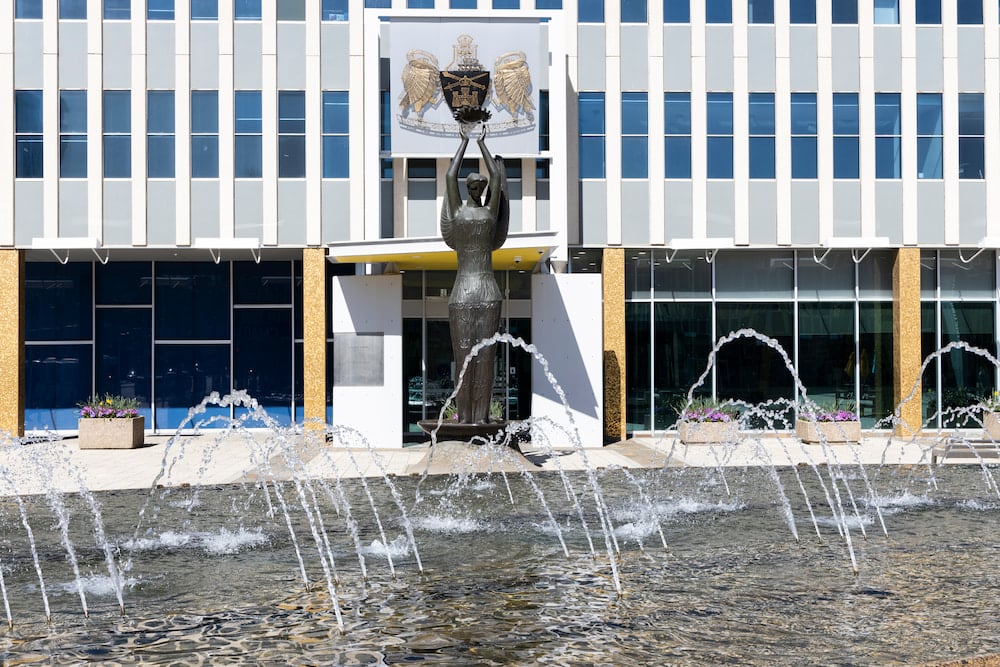While the compulsory acquisition of Calvary Public Hospital Bruce and the planning bill might have been the big-ticket items, fuel prices and bicycle paths were also debated.
Fuel price monitoring
The ACT Government will review whether the six-month pilot of the NSW FuelCheck scheme, introduced in November, should be extended.
Labor backbencher Michael Pettersson MLA said the tool gave the consumer the power to make educated and informed decisions on how and where to spend their money, and easily search the best option. Sixty-one of the ACT’s 62 fuel service stations signed up to take part in the pilot.
- FuelCheck now available in Canberra (4 November)
- Canberrans paying second highest fuel prices in the country (16 August)
- Peter Cain: Bring FuelCheck to Canberra (4 August)
“FuelCheck goes a long way in keeping the cost of fuel fair for ACT consumers by discouraging price gouging and keeping retailers accountable,” Mr Pettersson said.
“With the cost of living rising higher each day, Canberrans are keen to use all the tools at their disposal to manage their household budgets.
“I’ve heard from many constituents who report that the ACT Government’s pilot of the NSW FuelCheck scheme has proved invaluable in helping them secure the best fuel deals possible… Ensuring transparency in the ACT’s fuel market is an issue of key importance to the community.”
The ACT Government will continue to monitor the price of fuel to ensure prices remain fair and comparative to other capital cities.
In March 2019, Mr Pettersson noted, Canberrans paid on average 16.1 cents per litre more than Sydneysiders, and 11.6 cents per litre more than Melbournians. Now, average retail fuel prices in Canberra are on par with other major capital cities. For the December quarter of 2022, Canberra’s average retail fuel price was 185.3 cents per litre, only marginally higher than Sydney (184.6 cents per litre) and Melbourne (185.2 cents per litre), the Australian Competition and Consumer Commission found.
Active travel
The ACT Government will set a new accountability indicator target for bike paths, and increase investment in the construction, repair, and maintenance of paths.
The ACT Government has a target to maintain at least 90 per cent of roads in good condition, but no such target for paths.
“While roads have had quality targets for a long time, we have not had any quality targets for our paths,” the motion’s proponent, Jo Clay MLA, ACT Greens Spokesperson for Transport, said. “We need these urgently…
“Whether you walk or ride daily, or pop to the shops once a year, or walk or roll from your car to your office, at some point you need a footpath or shared path. Our paths must be well maintained and be built wherever they are needed.
“I hear from residents all over Canberra about poor path maintenance. People fall, those in wheelchairs and with prams find them hard to use, and people avoid them. We need our suburbs to have a good, separated network with no missing links which makes walking, riding and rolling around our city fun and easy.”
- Why ACT needs more active travel and how to get it: Jo Clay MLA (25 March)
- Greens call for more Federal funding for active travel (24 February)
Ms Clay believes that if Canberrans walked or bicycled instead of driving, they could save thousands of dollars every year, and be healthier.
Transport costs increase cost of living pressures for ACT residents on low incomes, a recent ACT Government inquiry found; transport costs increased by 24.2 per cent – the biggest increase for ACT residents, according to Australian Bureau of Statistics data (February 2023); and households spent on average [$395.96] on transport costs in quarter 4 of 2022, according to the Australian Automobile Association.
Across Canberra, more active travel would reduce traffic congestion and climate emissions, Ms Clay thinks.
MLAs will also write to Federal counterparts urging them to support greater Commonwealth investment in active travel infrastructure in the ACT.



